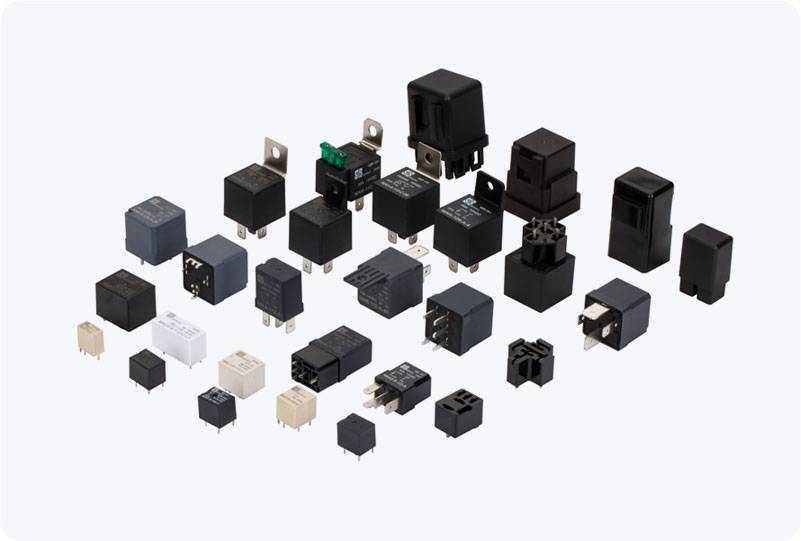Hydro valves, commonly referred to as hydraulic valves, play a crucial role in the operation and efficiency of hydraulic systems across various industries. These devices control the flow, direction, and pressure of hydraulic fluid, and their functionality is vital in applications ranging from heavy machinery to automotive systems. Understanding the different types, mechanisms, and applications of hydro valves will provide insight into their significance in modern engineering.

At their core, hydro valves regulate the movement of hydraulic fluids, which are essential for transmitting power in hydraulic systems. The primary purpose of these valves is to manage the flow and pressure of the fluid, ensuring that hydraulic actuators and cylinders operate smoothly and efficiently. Hydro valves can be categorized into several types based on their functionality, including direction control valves, pressure control valves, and flow control valves. Direction control valves, as the name suggests, determine the path that hydraulic fluid takes through the system. They are critical for directing the motion of hydraulic cylinders or motors, making them indispensable in machinery that requires precise movement. A common type of direction control valve is the spool valve, which uses a sliding spool to change the flow path. Depending on the position of the spool, the valve can allow the fluid to flow in one direction or another, enabling the controlled movement of equipment such as excavators or lifts.